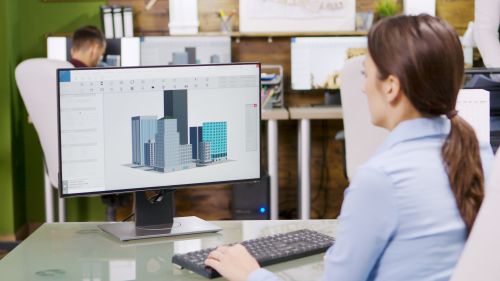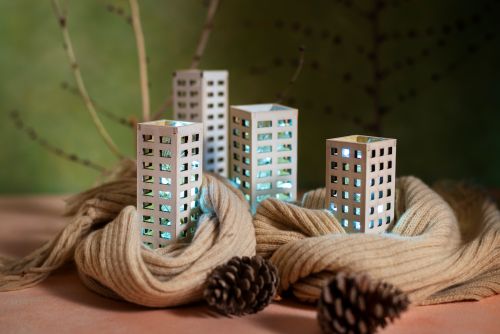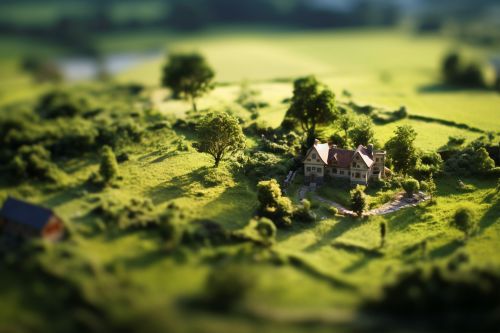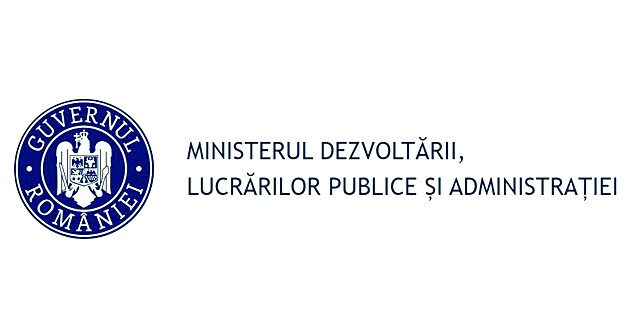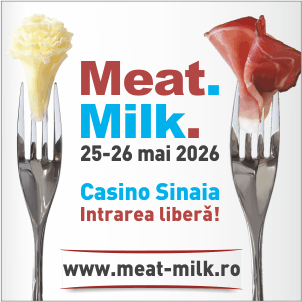607
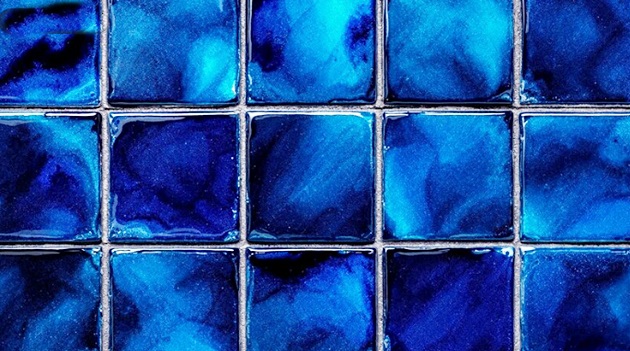
Glass-Ceramic Glazes for Modern Floors and Walls: Comfort Meets Functionality
Everyone wants a home that is not only comfortable but also aesthetically pleasing. In many modern interior design configurations, both floors and walls can be significantly enhanced using glazed ceramics—also known as glass-ceramics. The demand for such materials in Romania is growing, especially as summers become increasingly hot.
This article highlights the main ideas from the study “Glass-ceramic glazes for ceramic tiles” by Raquel Casasola, Jesús Ma. Rincón, and Maximina Romero from the University of Madrid.
Glass or Ceramic?
Glass-ceramic is a ceramic material produced through controlled crystallization (nucleation and crystal growth) of a parent glass.
Due to the wide range of compositions and the ability to develop special microstructures with tailored technological properties, glass-ceramic materials have found applications in a broad spectrum of industries. In recent decades, one significant area of development has been glazes for ceramic tiles.
Ceramic tiles are the most common material used for flooring and wall coverings across Mediterranean countries and beyond. Glazed tiles are made by applying a frit (water-quenched glass) to the surface of green tiles, followed by a firing process.
In the 1990s, interest grew in developing frits capable of crystallizing during firing—aimed at improving the mechanical and chemical resistance of glazed tiles.
The Spanish researchers provide an extensive review of studies on glass-ceramic glazes used in tile coatings, including for pavement tiles, focusing on the primary crystalline phases formed—mainly silicates and oxides.
The study also touches on functional glazes with specific properties such as photocatalytic activity, antibacterial and antifungal effects, or unique aesthetic surface finishes.
Wide-Ranging Applications
Since their discovery in the early 1950s, glass-ceramic materials have been widely used in:
- Household applications (e.g. kitchen countertops)
- Industrial settings (e.g. abrasion-resistant linings for pipes)
- Environmental applications (e.g. recycling waste)
- Biomedical fields (e.g. implants and prostheses)
- Architectural and high-tech domains (e.g. telescope mirrors, warheads, composites)
A glass-ceramic is formed from a parent glass through a sequential thermal process that initiates controlled crystallization, involving the growth of one or more crystalline phases within the glassy matrix.
This crystallization occurs in two stages: nucleation and crystal growth, in which the amorphous glass transitions into a stable, solid structure with an orderly geometry.
Although once considered a defect in glass manufacturing, devitrification (the scientific term for this process) has become an essential mechanism for producing glass-ceramics with useful technological features.
Scientific Background
The scientific foundations of supercooled liquids were established by Tamman in 1903. However, practical significance emerged between the 1960s and 1980s, when general theories of nucleation and crystal growth were well developed.
Since then, glass-ceramics have played a key role in many scientific and technological advancements. Numerous books and review papers document their characteristics, production methods, and applications.
Yet, according to the authors, there have been no comprehensive reviews focused specifically on glass-ceramic glazes, despite significant research over the past 20 years—particularly due to the need for improved durability in ceramic tiles used in high-traffic areas like shopping malls.
In such applications, traditional glazes lack sufficient abrasion resistance and quickly lose key surface features like gloss, color, and texture.
As a response, glass-ceramic glazes have been developed to meet industrial demands for specialized coatings. Since crystalline phases determine both the technological properties and appearance of these glazes, classification is often based on the main crystalline phase formed.
The Glass-Ceramic Process
To develop a glass-ceramic material, the sample undergoes:
- Nucleation Stage: Tiny crystalline "seeds" form within the glass.
- Crystal Growth Stage: The sample is heated to a higher temperature, allowing crystals to grow to the desired size.
Nucleation can occur via two mechanisms:
- Homogeneous nucleation, where nuclei form spontaneously within the melt
- Heterogeneous nucleation, where crystals develop from external boundaries (e.g. grain boundaries or interfaces)
Nucleation begins when a molecularly ordered structure becomes possible under cooling conditions, reducing the system's free energy. The more favorable the nucleation, the more energy is released during the formation of crystalline seeds.
Both nucleation and crystal growth rates reach temperature-dependent peaks. As crystals grow, melt viscosity increases, slowing atomic diffusion and reducing further nucleation.
Nucleation Curves and Optimization
In general, nucleation and crystal growth curves overlap to some extent, which defines the optimal parameters for producing glass-ceramics from a parent glass.
- TN: Temperature of maximum nucleation
- TG: Temperature of maximum crystal growth
- TC: Intersection point of the two curves
The overlapping range, TG – TN, defines the ideal temperature interval for successful glass-ceramic formation, where nucleation yields enough seeds for crystal growth, resulting in the desired fine microstructure.
If TN and TG are far from TC, the overlap is limited, and a two-step process is required (nucleation and growth happen separately).
If TN and TG are close to TC, the overlap is substantial, and a modified one-step process can be used, with both stages occurring simultaneously.
This characteristic gives glass-ceramic tiles superior properties—making them ideal for:
- Floor and wall cladding
- Sidewalks
- Outdoor walkways
